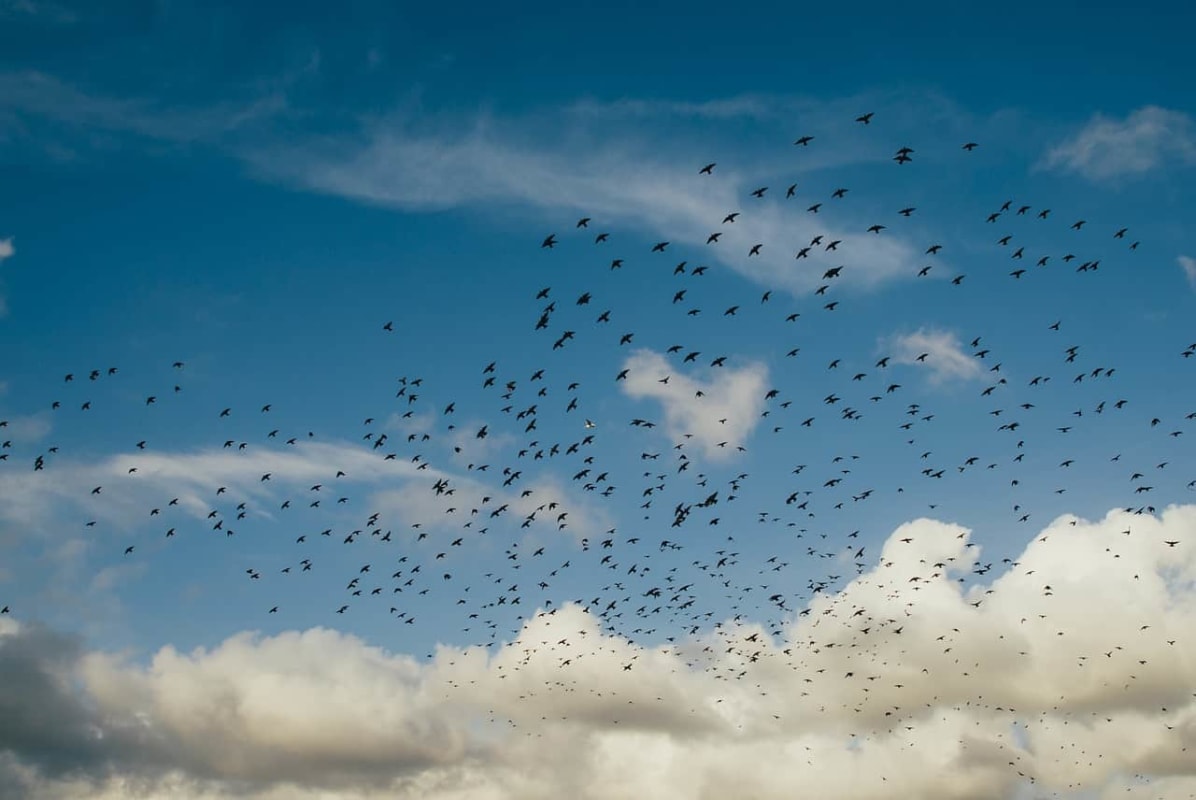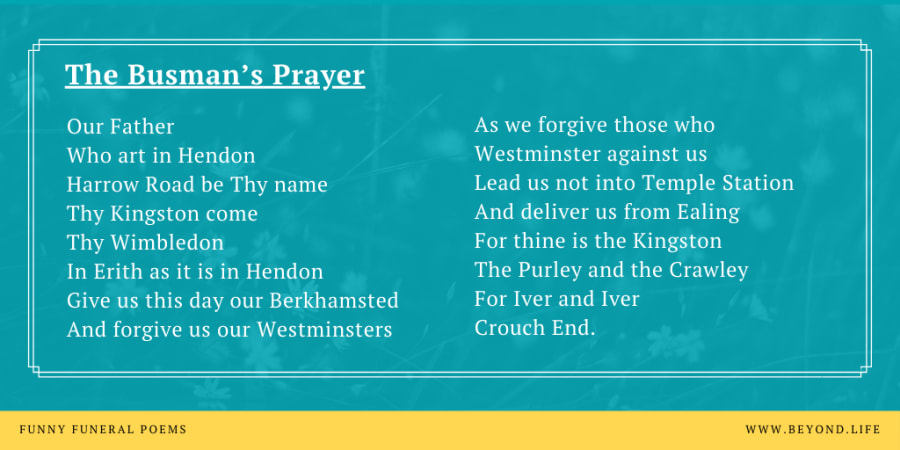
Although not a practice that’s traditionally found in the UK or Europe, sky burial is the accepted method for disposing of a community’s dead in a number of places around the world. The Tibetan practice, sometimes referred to as celestial burial, is one of the most well-known examples of this type of burial, but precise details are difficult to come by due to the secrecy that shrouds much of the ceremony.
This ritual is not particularly prevalent outside of Tibetan Buddhist communities, but it does also take place in Zoroastrian and some Mongolian communities. However, here we will focus primarily on the Tibetan practice, only touching briefly on comparable practices found elsewhere in the world.
The Ceremony
While the ritualistic specifics of Tibetan sky burial can differ from area to area, there are a number of common practices that seem to underpin the tradition. Upon death, the deceased’s body is wrapped in white Tibetan cloth and left to rest for three to five days in the corner of the family home. Buddhist monks chant mantras and read scripture during this period, the family cease all activity to create a peaceful environment, and no one is permitted to touch the body.
After the body has been rested for the appropriate period of time, the family choose their day to transport the body to the burial platform, typically far away from any population areas. There, it is prepared for the birds by a rogyapa, which translates somewhat crudely as a ‘body breaker’. This involves disassembling the body to make it easier for vultures, hawks and eagles to consume. The practice culminates in the body breaker crushing the remaining bones with a mallet, grinding them into a mixture of barley flour, tea and yak milk, before feeding this to the smaller birds still loitering after the vultures have departed.
Compared to a ‘ground burial,’ such as that which is commonplace in the UK and Europe, in a sky burial the deceased’s remains are carried away into the atmosphere by many birds, and the final resting place is not really one place, but many. While this practice might appear barbaric to some of us in the Western world, it’s worth remembering that even when we are buried in ground our bodies are consumed by insects, grubs and bacteria, even if this is not visible above the ground.
Significance of Sky Burials
This ceremony holds a great deal of significance in those communities that employ it and is inextricably bound up with Buddhist practices, beliefs and certain ideas concerning reincarnation. It is believed that the primary spiritual purpose of sky burials is not to unite the deceased with some sacred sky realm, but to demonstrate the impermanence of life and all living things. It is an act of generous giving that sustains other life in the event of an individual’s death and frees them from their current physical incarnation, allowing them to continue their journey onward and ensuring a smooth transmigration between forms.
While the ancient history of sky burial seems to suggest that it may have been introduced as a practical way of safely disposing of bodies, it has been transformed and refined by thousands of years of religious practice and change. With the vast majority of Tibet lying high up above the tree line, wood for cremation is difficult to come by, making this an impractical burial practice and encouraging local populations to develop alternatives. Furthermore, with ground covered by a layer of permafrost, digging a grave is not as easy as it is in other parts of the world, which quite feasibly also led to the development of sky burial. However, there are also a number of factors that endanger the practice. Diminishing vulture numbers, increased regulation around urban environments and certain ritualistic elements that make the ceremony much more expensive than other burial practices, have all resulted in fewer people opting for a sky burial.
Similar Practices
Sky burials, or rituals approaching something similar, can be found throughout Mongolia and in many Zoroastrian communities. In Zoroastrianism, burials are performed in Towers of Silence, the most famous of which can be found in Mumbai. Though the ritual differs in many ways, bodies are still left out to be picked at and consumed by local populations of vultures in a ceremony that is meant to cleanse the body and everything it comes into contact with. In Mongolia, some communities adopted sky burial practices when they converted to Tibetan Buddhism, many of which continue today. While the practice is limited to a very small percentage of the worldwide population, its existence highlights the diversity of belief within that population and how much our funeral ceremonies and rituals change from place to place and over time.



 We all have things we wish we could tell people who are no longer with us. Why not just give it a try? You could wait until you have a quiet moment alone to say what you want to say aloud. Or visit their grave or scattering place to speak to them.
We all have things we wish we could tell people who are no longer with us. Why not just give it a try? You could wait until you have a quiet moment alone to say what you want to say aloud. Or visit their grave or scattering place to speak to them. This could be something as simple as wearing their jewellery or watch every day. Or clothing: a favourite shirt could be worn, turned into a cushion, or framed to make art. Believe it or not, there is also a company that turns the clothing of people who have died into teddy bears.
This could be something as simple as wearing their jewellery or watch every day. Or clothing: a favourite shirt could be worn, turned into a cushion, or framed to make art. Believe it or not, there is also a company that turns the clothing of people who have died into teddy bears. 
 When you’re struggling with something – anything – writing can be very therapeutic. So, writing a letter to a loved one who has died can be a lovely way to feel connected to them and work through your grief.
When you’re struggling with something – anything – writing can be very therapeutic. So, writing a letter to a loved one who has died can be a lovely way to feel connected to them and work through your grief.  Your loved one’s grave, or the place where their ashes were scattered, can feel very meaningful. There’s comfort to be had in just giving yourself some time to sit with them there.
Your loved one’s grave, or the place where their ashes were scattered, can feel very meaningful. There’s comfort to be had in just giving yourself some time to sit with them there. 
 Pardon Me For Not Getting Up
Pardon Me For Not Getting Up

 Death
Death


 Death
Death

Can people have a sky burial in England. I would like one but not for religious reasons.
Yes this also appeals to me